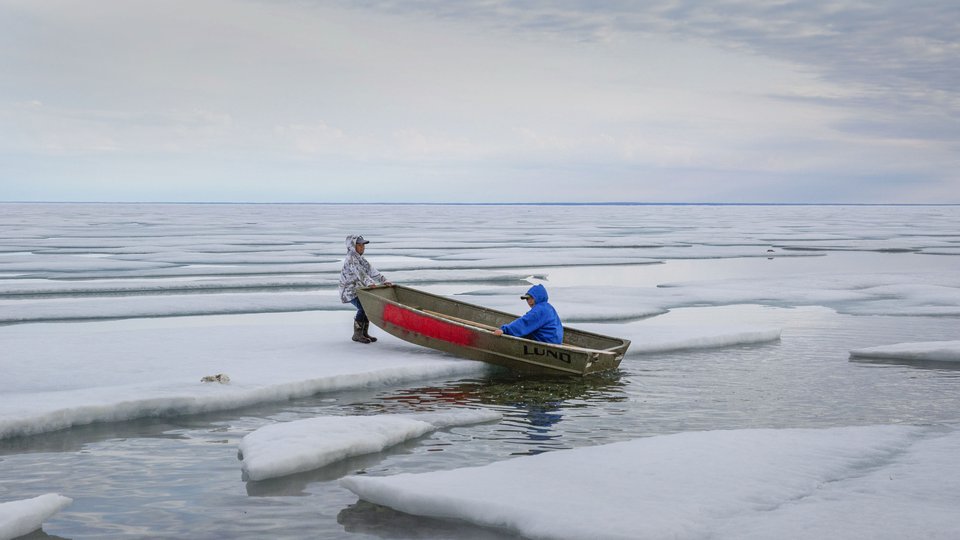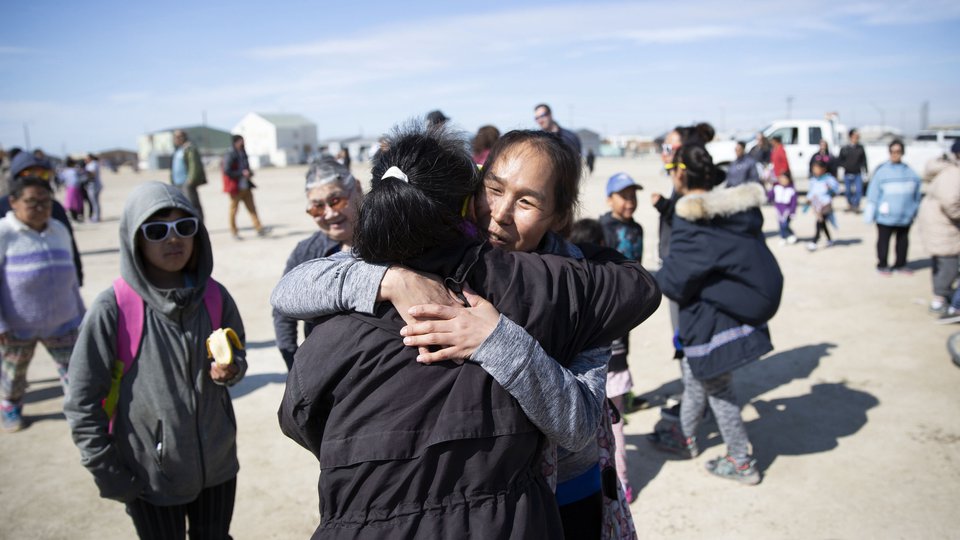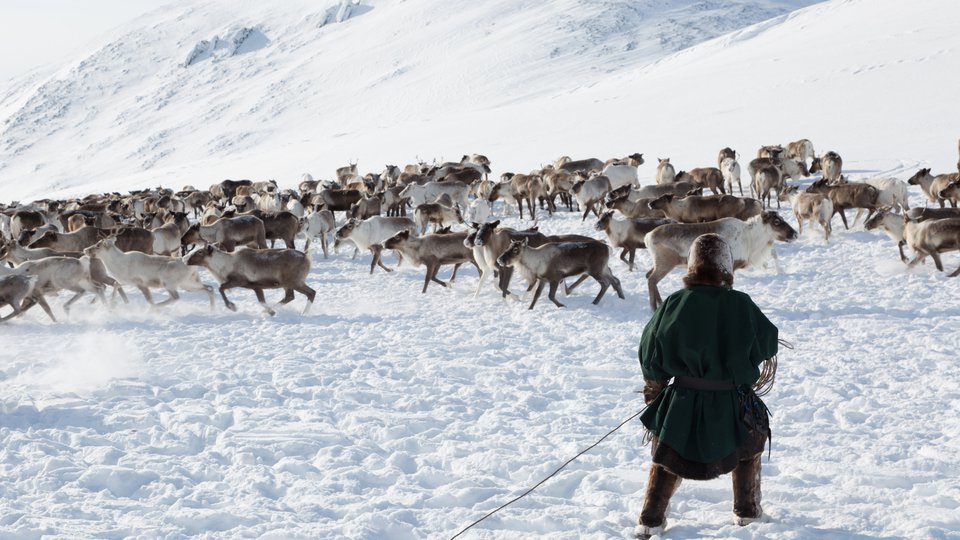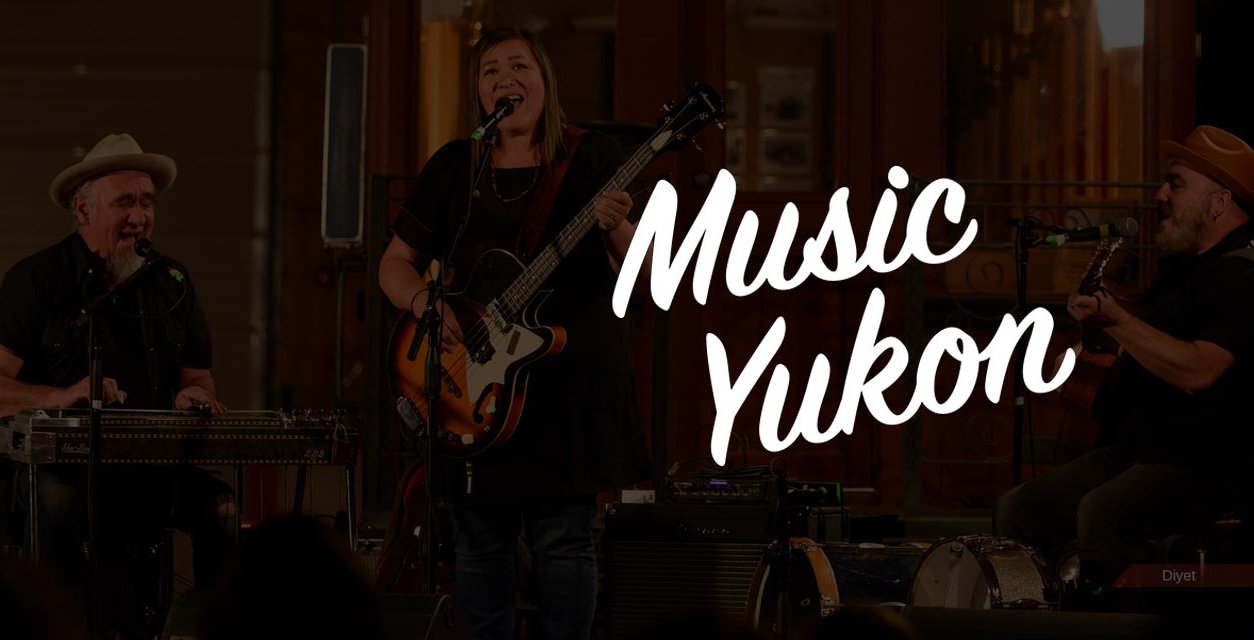
Like many music scenes across Canada, Music Yukon is struggling to maintain its identity. The post-COVID world has led to venue closures, event cancellations and musicians leaving the territory to pursue bigger audiences and more opportunities.
Beth Dart is the executive director of Music Yukon, which acts as an industry association that helps those in the territory get involved in music.
“We help artists find resources and opportunities in the Yukon and beyond,” Dart said.
Music Yukon’s mandate is to help artists achieve their artistic, career and business goals with a collective of talent chipping in to provide leadership. Their goals are simple, to help new and emerging musicians and artists of all types find venues, opportunities and connections within the territory and beyond.
With a huge folk and traditional music influence, cities like Whitehorse are producing groups across all different genres. From electronic to hip hop, metal, punk and professional jam-style bands, there’s something for everyone in the Yukon music scene. This help can take the form of advice on starting a first band or finding places to play, touring, learning production and recording, as well as help finding funding to bring musicians in from other parts of the country for workshops, education, and simply to perform.
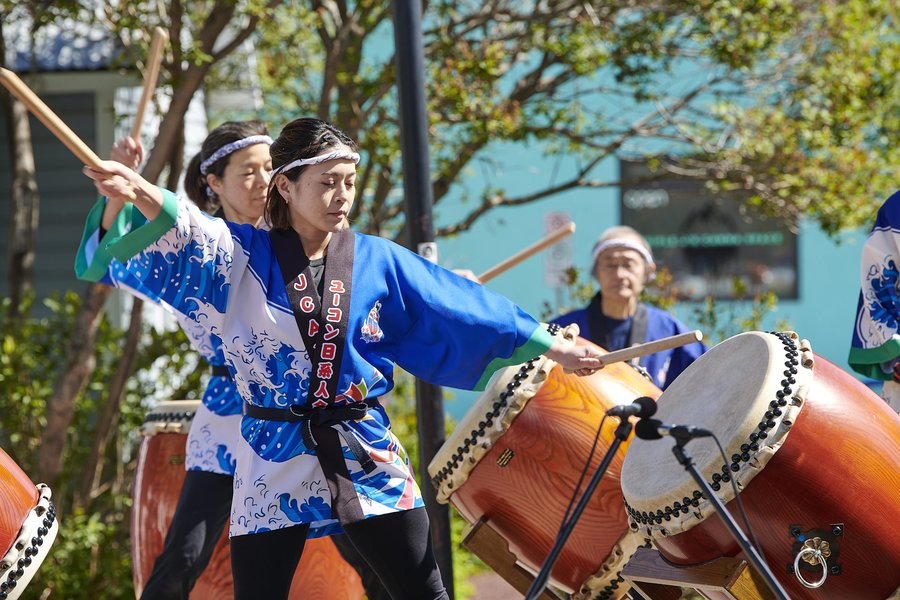
Photo of Yukon Taiko by Erik Pinkerton Photography
Kelvin Smoler is the president of Music Yukon and part of a hip-hop duo who runs a small studio in Whitehorse. He’s been on the board for over a decade, helping to produce the next generation of musicians from the area and those who come to the territory looking to get involved.
Smoler teaches others about production, from recording to mixing and mastering. He’s trying to make locals more self-sufficient in all aspects of making music, as travelling to other cities to finish a recording job can be challenging and expensive. Covid made travelling even more difficult, which is why he decided to seal up an old garage and build a studio himself.
“It all came about from the lack of accessibility,” Smoler said. “Now we have a cozy control room with a mixing booth.”
The scene has grown from a few locals playing shows in bars and restaurants to include a host of venues around the city. There were dozens of spots, from cafes to local retail and unused office space, using areas to host music and art, showcasing the rich heritage of arts and culture in the city. These small venues are fewer now after the pandemic but those who remain turned these shows into a series, evolving into ‘Arts in the Park,’ a large festival held each spring.
Arts in the Park is a six-week revolving event where artists of all kinds can showcase their work to Whitehorse residents. It includes visual art sculptures and displays using recycled plastics, as well as traditional weaving and sewing workshops. Screen printing, local flower pressing, bands, painting and puppets round out the week, with special events for kids held every Wednesday at noon and evening for young adults.
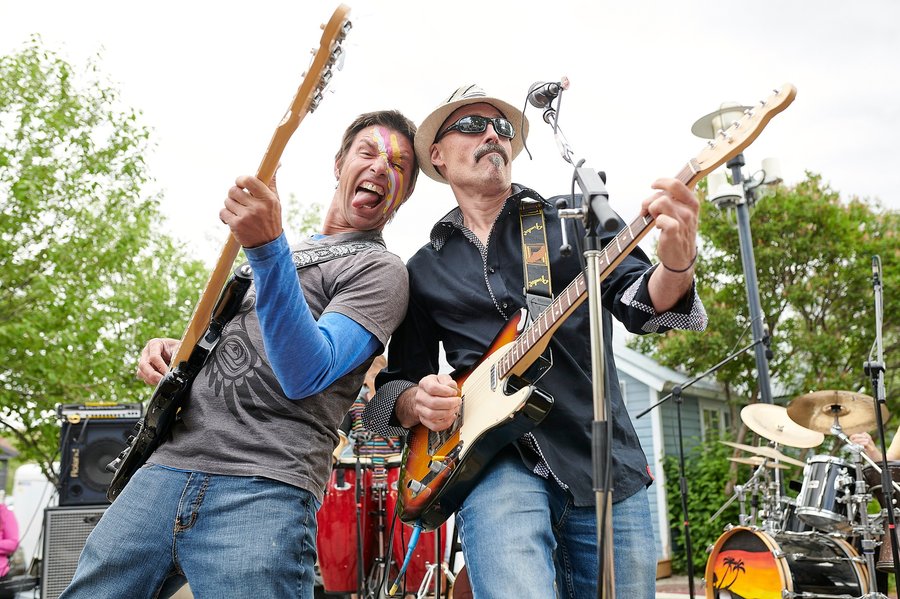
Soir de Semaine at AITP 2023, photo by Erik Pinkerton Photography.
The association and festival are run by a passionate team of professional artists who want to expand the entry point to include education in schools. From jazz and big band programs to DIY approaches to learning the behind-the-scenes work in production, Music Yukon tries to make this a community initiative, regardless of the entry point. This cooperative approach has seen the Arts in the Park festival happen on and off for the past three decades.
Not without its challenges, the mostly-volunteer group has seen everything from declining populations to a lack of interest and a rise in venues scaling back and shutting down. Whitehorse is not a usual stop for bands on tour in Canada, so they suffer from isolation as well as funding and availability seen in bigger cities.
A long list of versatile artists help each other by finding new places to perform when others shut down or change hands. They also lend a hand when musicians want to learn new genres or get into the production and recording side of the business. It’s not uncommon to see multiple groups of musicians playing in each other’s bands to help the Whitehorse scene improve, move forward and get stronger.
“It takes everybody to keep the scene happening,” Smoler said.
Music Yukon’s new five-year plan hopes to see more education and accessibility on every level, and they’re looking for input on what they might be missing. They’re asking new and established residents to get involved and fill in the missing pieces, like how to create a business around a passion for the arts. They want to keep the association and the festival relevant with an eye on the future while still respecting the past. The board wants to know what they can do to ensure the success of what they’ve built while making adjustments to keep the future bright for new and established artists.
“We’re seeing amazing progress in the last few years. People are coming back to the territory with new priorities and ambition.”
A focus on events for all ages and youth-inspired programs has helped them pass on knowledge from one generation to the next. From those who have left and returned, sharing what they’ve learned is vital to inspiring new ideas, directions and continued support.
“We’re seeing amazing progress in the last few years,” Smoller said. “People are coming back to the territory with new priorities and ambition.”
The do-it-yourself approach has launched new avenues beyond traditional venues and promotion. From social media to online platforms aimed at connecting musicians around the world, the Yukon is trying to cement its place among the established music scenes from across the country.
Music Yukon is trying to get more and more performers to travel and see other areas of the country. They want to encourage creative exchanges with others from varying scenes, inviting more artists to visit and explore what they have to offer in the Yukon. Beth Dart believes this will not only help bridge the gap for locals but also connect the territory to other music-rich communities throughout the North and beyond.
“We strongly encourage these creative exchanges,” Dart said. “We think they’re very good for everybody involved.”
